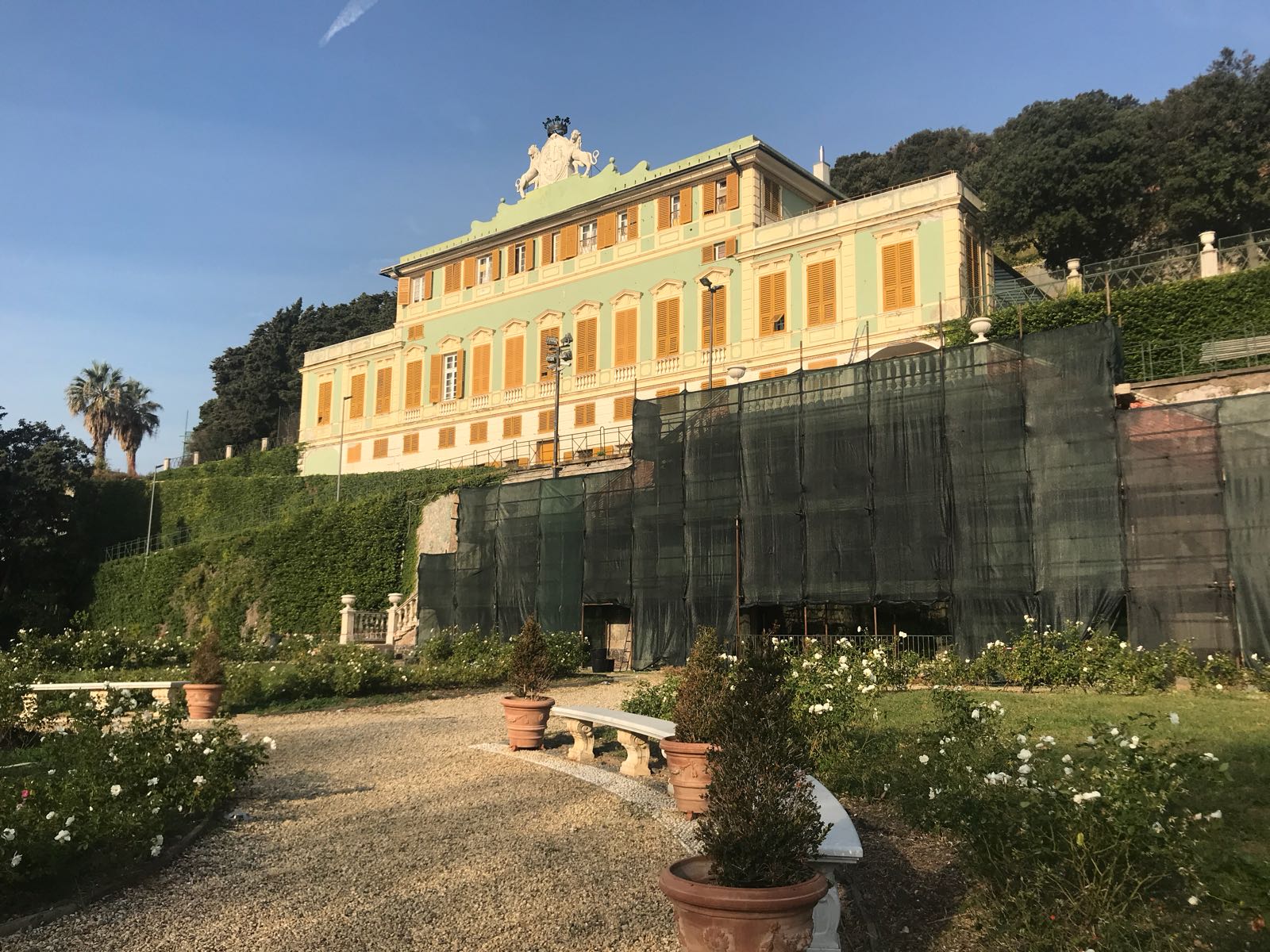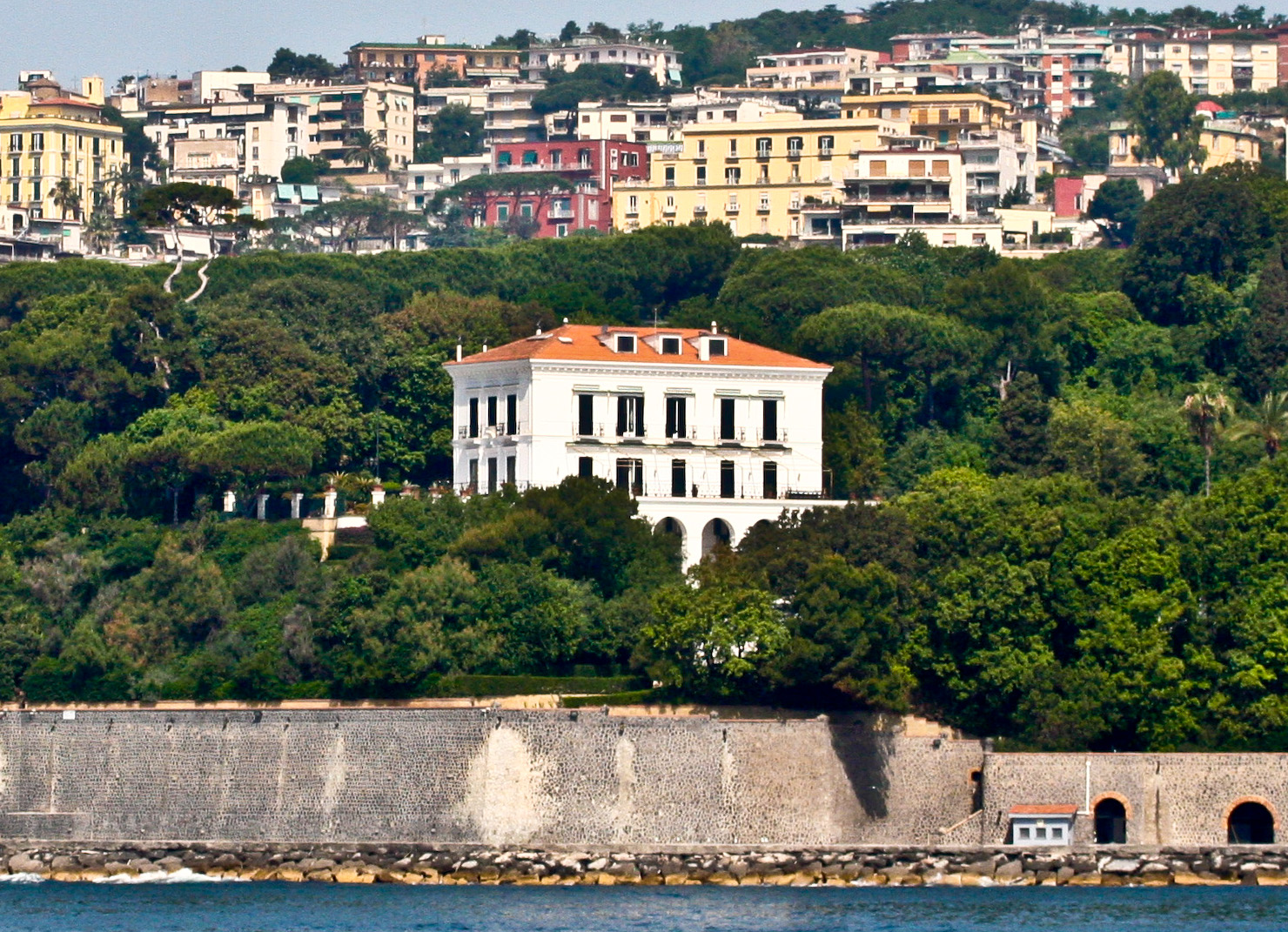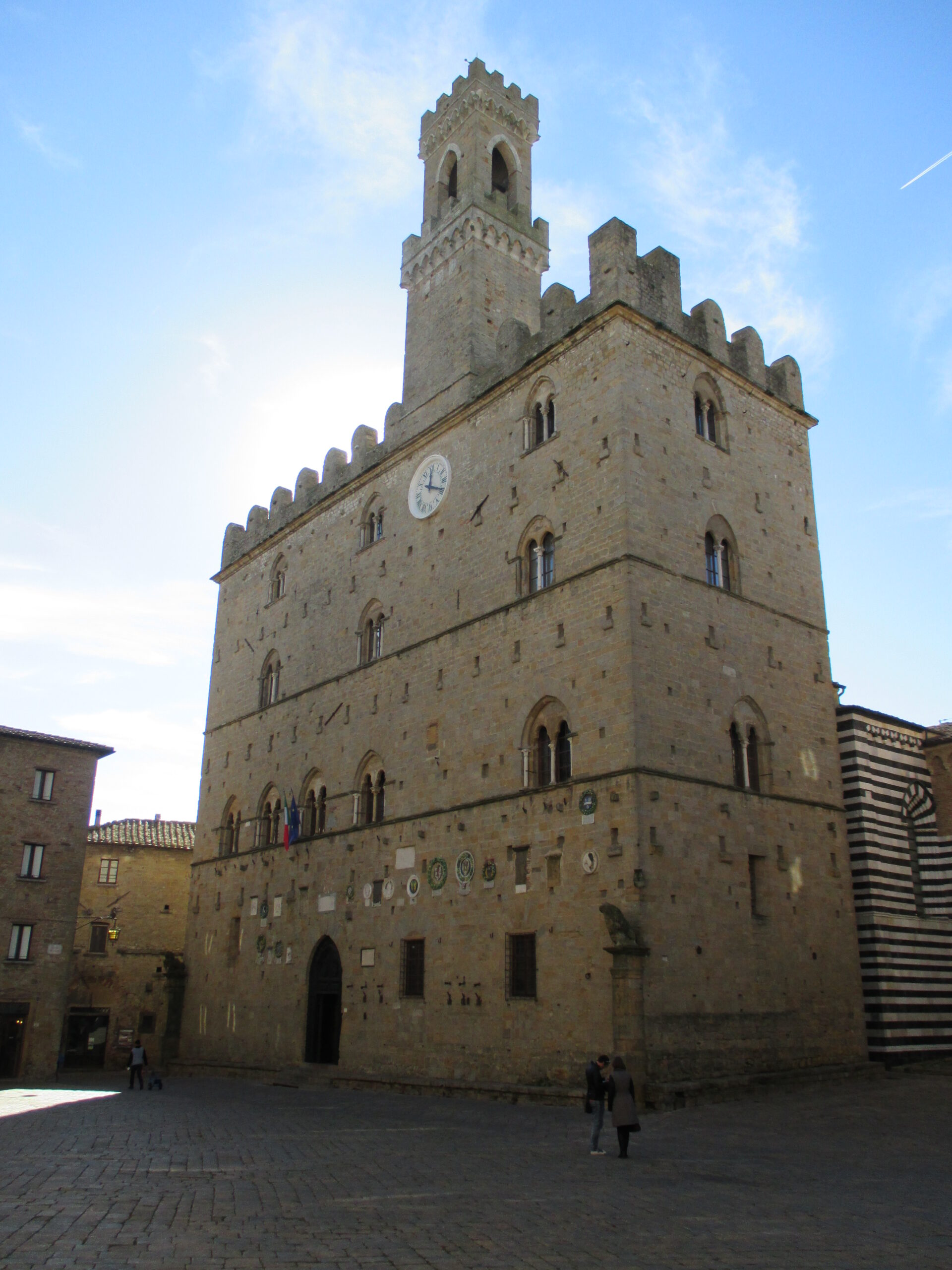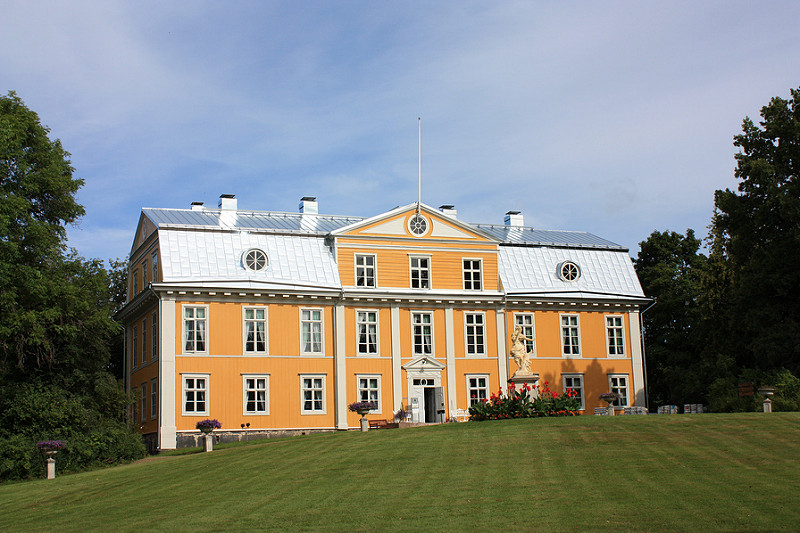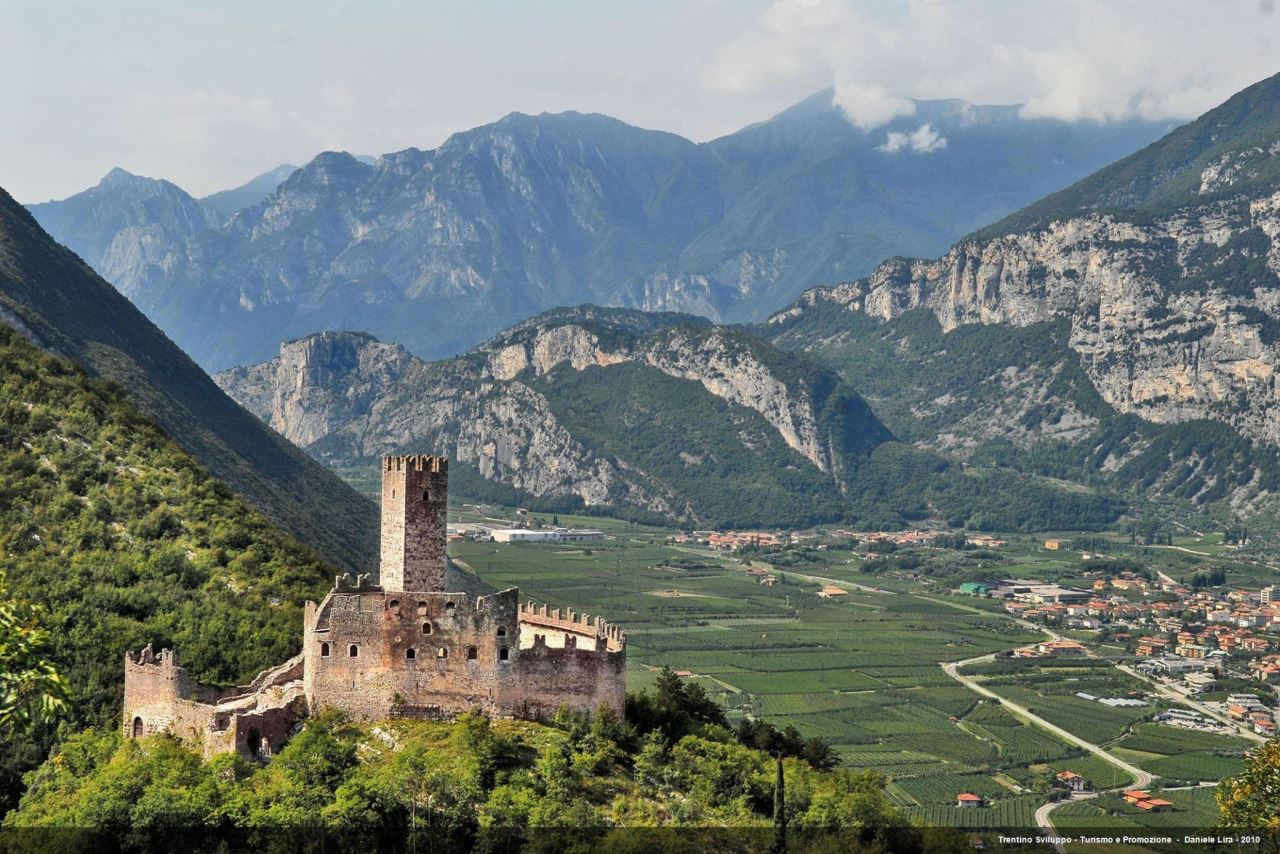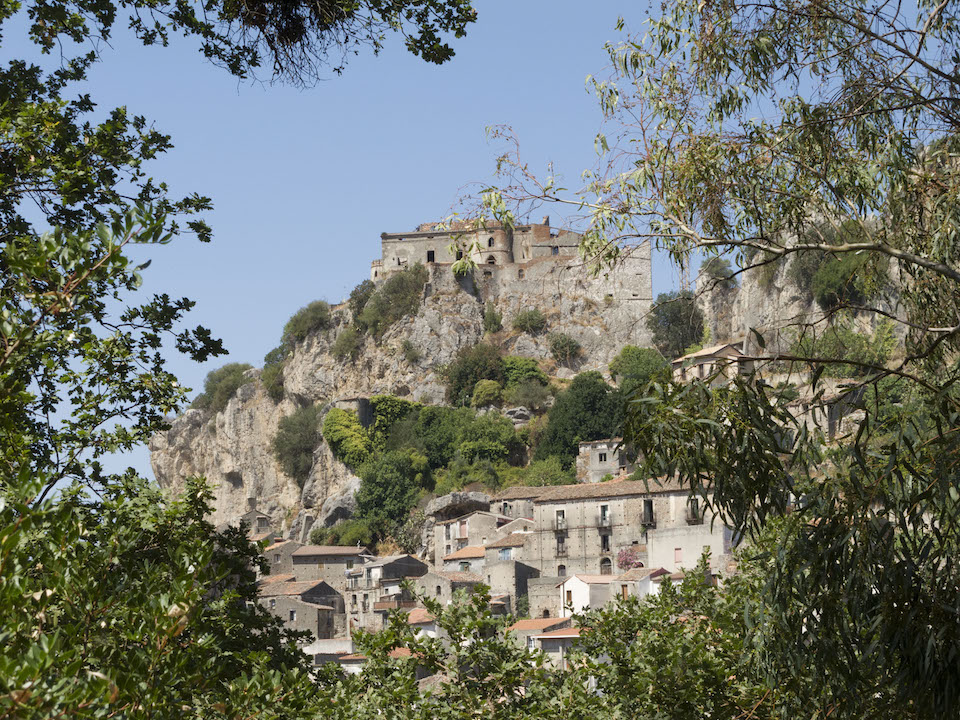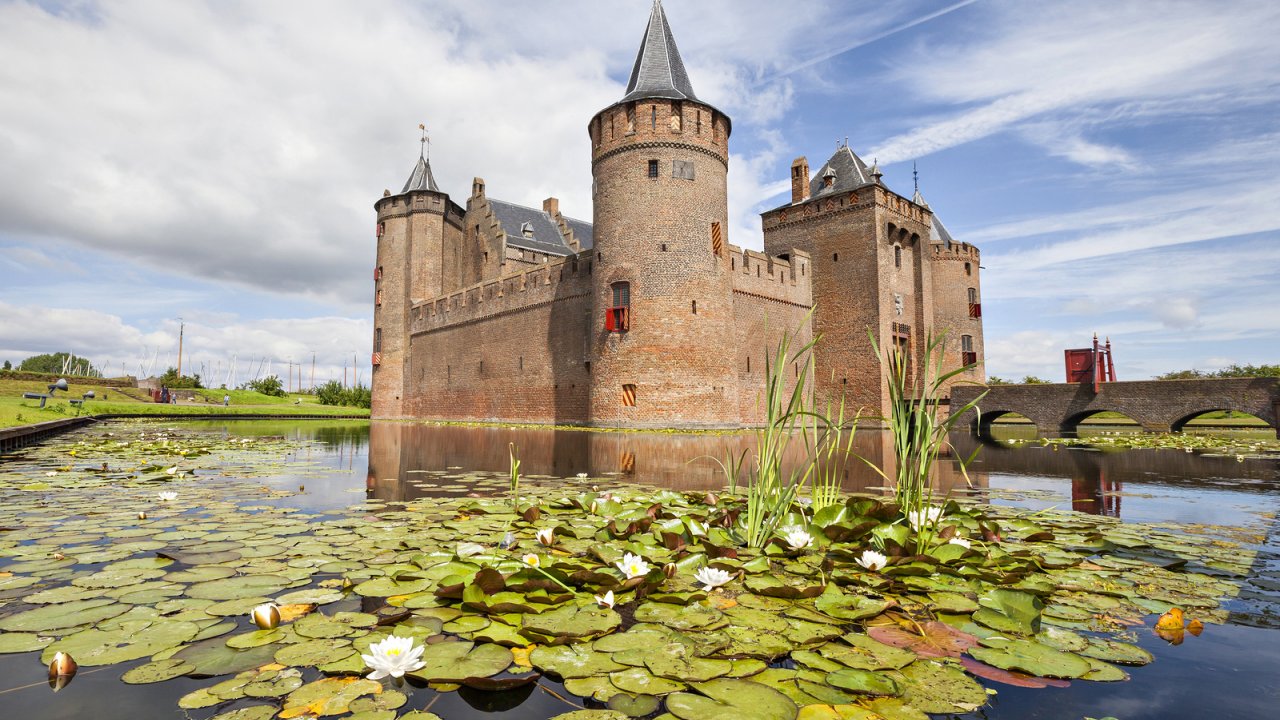The building, built in neoclassical style by cleverly exploiting the slopes of the hill, stands at the foot of the hill of Castellara in Voltri. A large marble coat of arms of the Brignole Sale family (a noble shield with two lions rampant on its sides) dominates the central part of the villa. The monumental villa is famous for its rococo decoration, made with incrustations of polychrome shells and sea pebbles. The Sala delle Conchiglie (Shell Room) and the small neoclassical theatre, in which the artist Giuseppe Canepa from Voltura worked, are of particular artistic interest. At the back of the building there is the winter garden with a suggestive nymphaeum cave with decorative sculpture. The two eighteenth-century statues depicting Bacchus and David are today transferred to the Museum of Sant’Agostino in Genoa.
The name of the Villa "Duchessa di Galliera" comes from the last noble owner. In reality, according to the will of the Duchess, the name of this place should have been "Brignole-Sale", the name of the family that had owned it for so many centuries. The purchase of the villa, then called "il Paraxo", by Gio Francesco Brignole Sale dates back to 1675. From that moment on, the Brignole Sale family had the palace enlarged and the park embellished. At the end of the nineteenth century, Villa Brignole Sale reaches splendor and international fame and sees popes and royalty as guests. Duchess Maria had a particular fondness for the villa and, around 1876, had it enlarged by Luigi Rovelli. The surrounding park of 32 hectares has a mountain aspect, with groves of holm oaks and pines, grassy glades and a fauna of fallow deer, Maltese goats and peacocks: a splendid example of an English garden enriched with romantic and classical elements then in vogue.
On the death of the Duchess (Paris, 9 December 1888), the Opera Pia Brignole Sale inherited the entire complex, but finding itself in serious financial difficulty, began negotiations with the Voltri Town Council to sell the site. In 1931 the Villa was rented to the Municipality of Genoa, which in the meantime had incorporated that of Voltri. Thanks to the financing obtained on the occasion of the Columbus celebrations in 1992, it underwent many interventions among which the restructuring of the artistic outbuildings (Café, Castle and Dairy), the restoration of some water games and the setting up of a gymnastic course.
